If you’re new to Pinterest marketing, a point of confusion can be the terms people use to measure growth and success. Most marketers use certain Pinterest metrics to evaluate their ROI (return on investment). Is what they are doing working or are they just wasting their time?
Let’s talk about what those terms are, what they mean and a simple way to track if your efforts are successful.
Glossary of Pinterest Terms
First, let’s go through the most commonly used terms in the Pinterest marketing industry (just to make sure we are all on the same page).
- Followers — the number of Pinterest followers you have on your profile.
- Repins or Saves — the number of times Pinterest users have repinned a particular pin. This is a tough one to calculate on Pinterest now that they have aggregate pin counts.
Pinterest Analytics Terms
*You gain access to Pinterest analytics when you open or convert your account to a business account.
- Impressions – this is the number of times your pin was ‘seen’ by someone on Pinterest. They didn’t act on it (click or repin). They simply scrolled by on their mobile device or desktop computer.
- Daily Views — People who viewed your pin. I’m not always sure how this differs from an impression.
- Daily Saves — Same as repins, just a new term.
- Average Daily Visitors — this refers to visits TO your website FROM Pinterest.
*Note — always use Google Analytics to double check these numbers - Average Monthly Viewers (Under People You Reach) — People who see your pins and act on them (repin, like or click).
- Average Monthly Engaged — again, not sure how this differs from viewers, but the number is always different.
Google Analytics Terms
- Pinterest Pageviews — How many pageviews you received from Pinterest, including those who click through to another page. “A pageview is defined as a view of a page on your site that is being tracked by the Analytics tracking code. If a user clicks reload after reaching the page, this is counted as an additional pageview. If a user navigates to a different page and then returns to the original page, a second pageview is recorded as well.” — Google
- Pinterest Sessions — How many people came from Pinterest and started a session browsing your site. “A session is defined as a group of interactions one user takes within a given time frame on your website. Google Analytics defaults that time frame to 30 minutes. Meaning whatever a user does on your website (e.g. browses pages, downloads resources, purchases products) before they leave equals one session.” — Google
- Percentage of Pinterest Traffic — The amount of Pinterest traffic you receive broken down into percentages. For example, Pinterest drives 14% of your traffic, Google is 50%, Facebook is 20% and then direct traffic is 16%.
Now that we know the terms, let’s talk about the ones I think are most important to pay attention to in order of importance. You may have a different way to measure, and that’s fine. I’m just demonstrating the metrics we watch here at Simple Pin for our clients.
I should mention that I’m not a Google Analytics lover. In fact, I have a fancy custom dashboard that I use to get information quickly. I don’t need to be spending my time pulling my hair out (it’s something my students also gain access to when I teach them how I track analytics).
Important Pinterest Metrics
Pinterest Page Views
The first and most important metric we look at is Pinterest page views. We look at this metric in blocks of 30, 60, or 90 days. At times, we even cross compare year over year. Then we ask a few questions:
- How many people are clicking on our clients’ pins and coming to their website?
- What’s happening on the Pinterest calendar and does our client’s content peak during a certain time? Or is it a low traffic time?
Looking at page views first gives us a good picture of how the account is growing or not growing. It’s our most informative metric. It also informs us if an account has been marked as spam. If so, it will usually look like this:
If we see a sudden drop like this, we dig deeper. Did this happen the previous year? Was there a seasonal shift? We adjust the dates to check. In this case, we were not dealing with a seasonal impact.
We went deeper. Are pins being redirected or do they prompt a spam warning? In this case, the answer was yes. In addition to being marked as spam, all top pins in this account were being redirected. After emailing Pinterest for a month, we finally got this issue sorted out.
Repins or Saves
The next metric is repins/saves. (I really like the term repin and don’t think ‘save’ will take off. Just my tip to Pinterest to keep repin around.) This informs us if a particular pin is getting activity. Did it take off quickly, yielding more than usual repins? Does a particular type of topic/pin get a lot of repins? Does that mean this type of content is important to this account? Would their average user be looking for this?
Because Pinterest now reports aggregate pin counts, we look to Tailwind to inform us about the true number of repins on a pin. This can be found in published pins or pin inspector inside the platform.
Here’s an example: We have a client who posts a lot of fashion content that does well. However, when drinks or food pins are pinned to her boards, this type of content gets a good amount of repins. We have another client who focuses on DIY projects. When food is pinned to her boards, it falls flat. Knowing what type of pins generate repins allows you to know what type of content to pin more of that will get repins.
Follower Numbers
Last, but not least, follower number. I don’t like to rely on this particular metric much, but it does tell us a few things about Pinterest and the account.
- If there is a sudden drop in followers, Pinterest could be scraping the platform for spam. If you have Tailwind and see negative growth on your graph, that’s usually what’s happened. It’s a good thing. Nobody wants to have a follower that isn’t engaged. Spam be gone!
- There are times when follower growth is fast and furious and times where it’s slow and painful. For us having access to so many accounts, we can see certain trends that may or may not reflect Pinterest making a change. For example, in the spring and summer, we saw crazy follower growth on most accounts. Then in August, it slowed. Not totally sure why, but remember that a new user isn’t prompted to follow another user, they are prompted to follower interests. Learn more about interests on Pinterest.
- If the number is growing faster than normal, could it be that they have a pin going viral? Maybe one of their pins jumped to the top of search and people are clicking through to their profile and following. We will double check Google Analytics to see if we’ve seen a spike in page views to determine that.
Measuring Pinterest ROI
Using these metrics I’ve listed will help you determine how and why a Pinterest account is growing. However, they don’t always show ROI. For that, you need to determine what your ROI metrics are for your site — ad income, products selling, email opt-ins, growing your Facebook group, leads, etc.
If you’re killing it in product sales/leads from Pinterest, but your page views are growing slowly, that’s okay. A page view is just a number. What’s happening on the site side is what’s important. So figure out what ROI metrics are important to you and go with those. What’s working for someone else might not be working for you.
What Pinterest metrics do you pay attention to? Do you see some that I’m missing? Comment below.
FREE Download - Getting Started with KPIs Guide

Learn how to track Key Performance Indicators to measure your business success. Download our FREE printable Getting Started with KPIs Guide

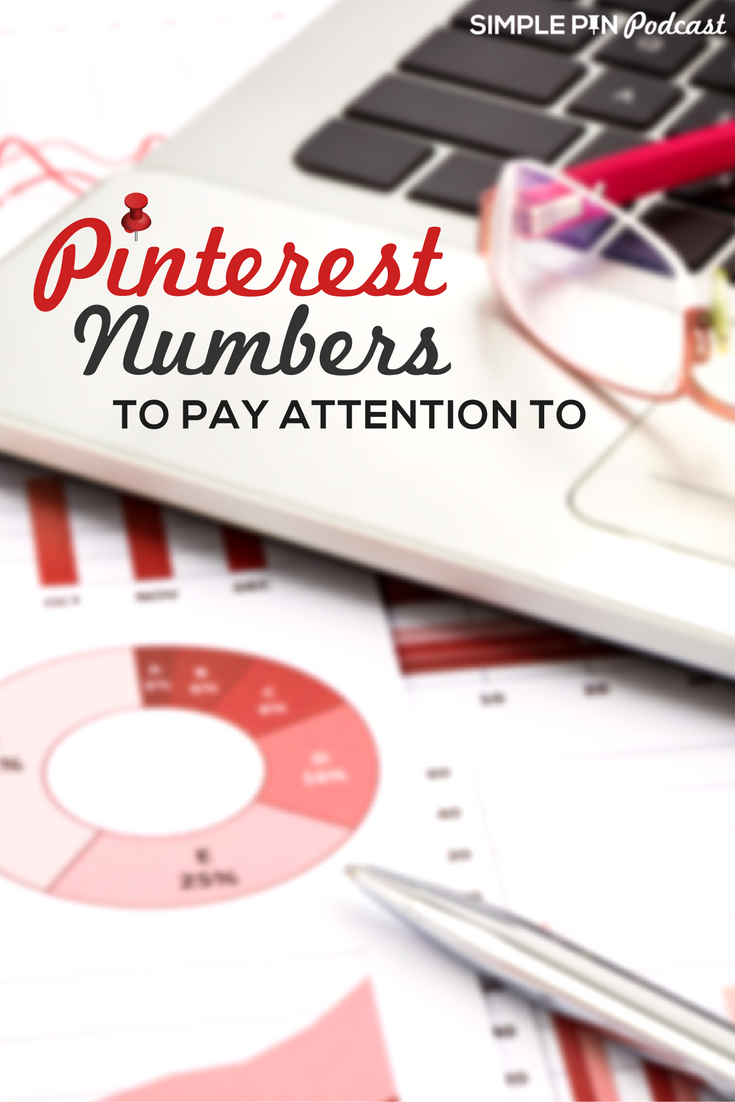
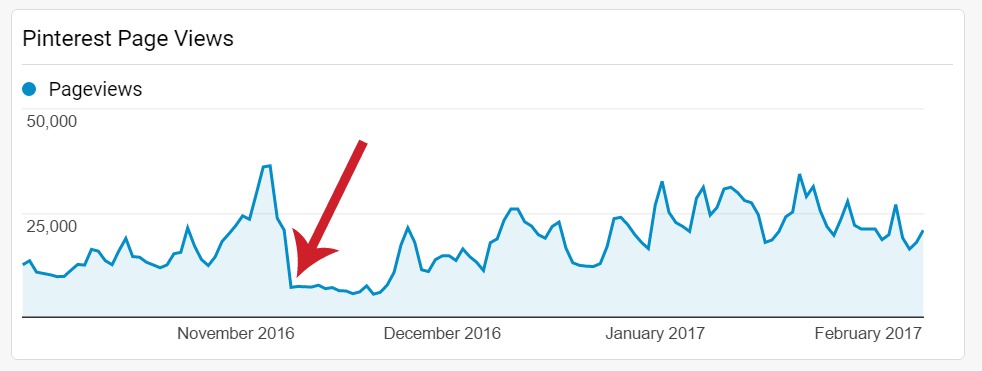
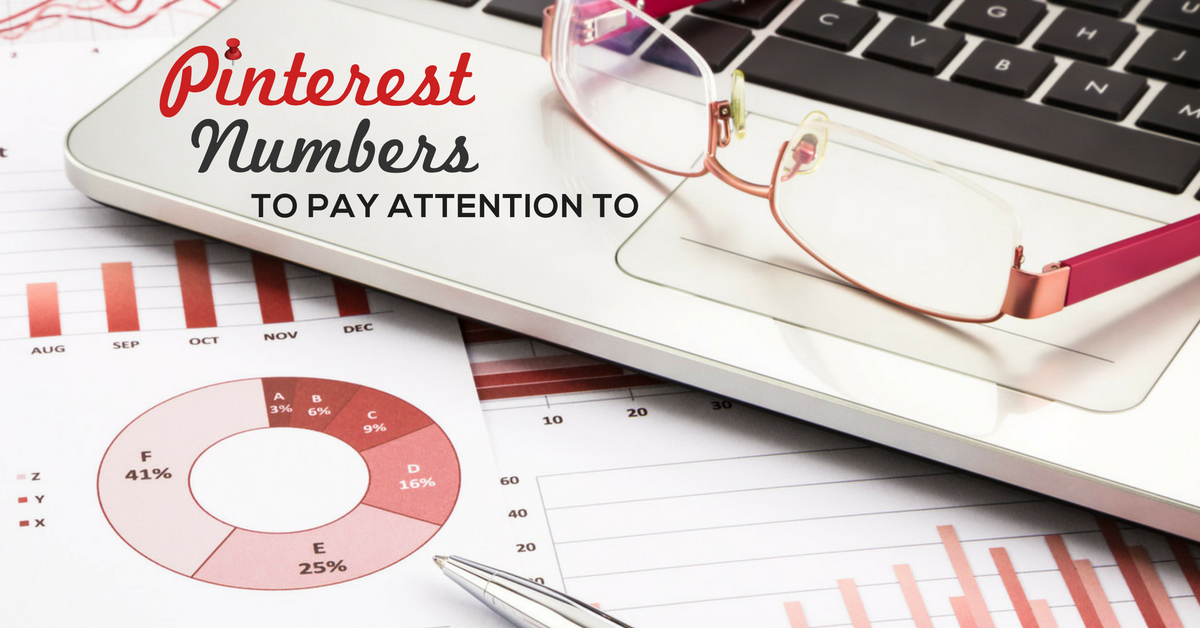
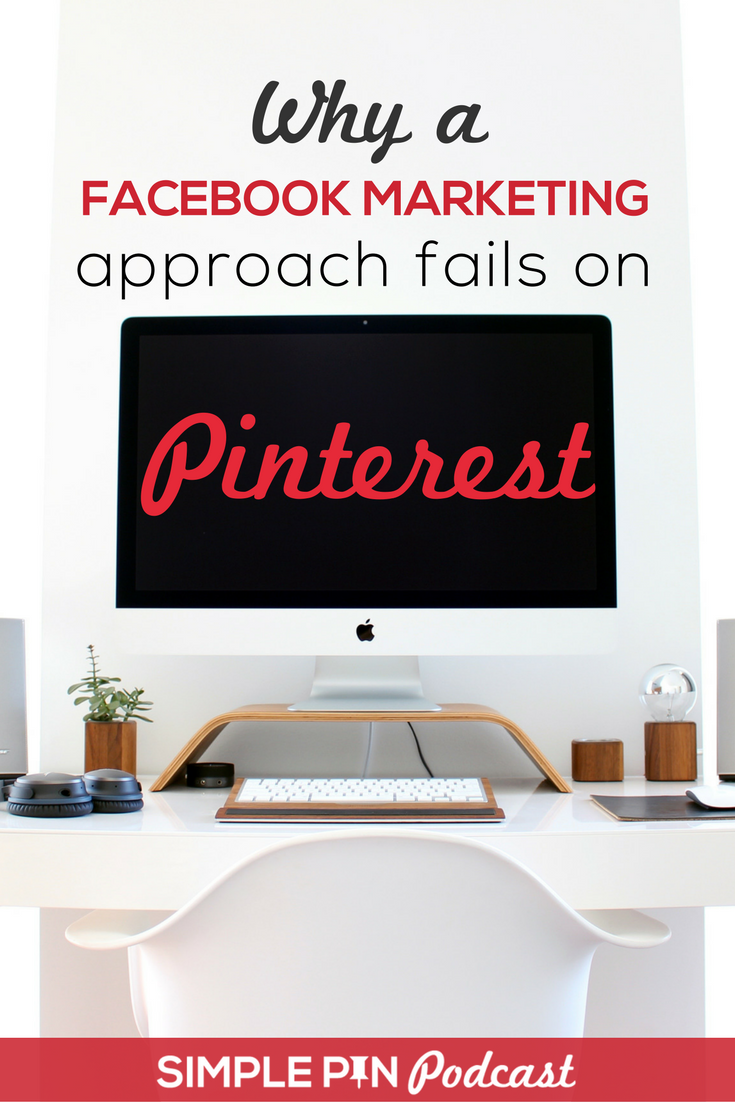


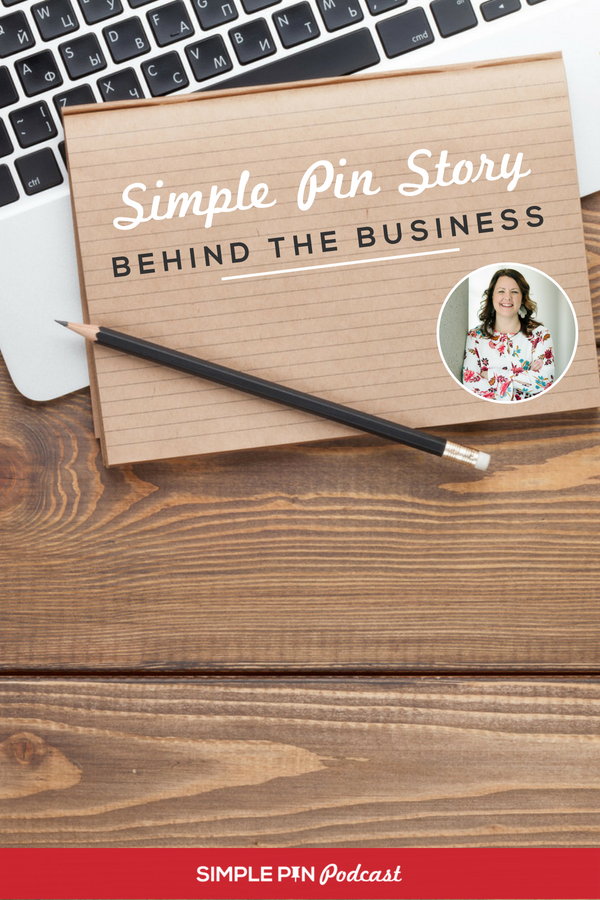



Hey Kate,
This time I’ve found very beneficial content piece on your website and this post will definetly help people. These are very important Glossary of Pinterest and you know these things are basic to understand its whole mechanism.
Pinterest ranks top when it comes to trust. It has also been reported that the platform is driving more referral traffic than Twitter, which is especially surprising considering that it is still invite only. Eventually, thanks for sharing your healthy thought with us.
With best regards,
Amar kumar
Great info! Thanks! I love your work! It makes my job so much easier! Have a lovely day!
thank you, this is very helpful
Just wanted to offer a friendly correction/clarification:
Viewers: Number of people who saw your pins.
Impressions: Number of individual times your pins were presented by Pinterest.
Example: If I go on Pinterest today as see 50 of your pins, that counts as 1 viewer and 50 impressions. If my friend goes on sees 25 of your pins, together we count for 2 viewers and 75 impressions. So on and so forth.
Average Monthly Viewers: Number of people you saw any of your pins during the course of the last month.
Average Monthly Engaged: Number of people who saw your pins and acted on any of them (repin, like or click) during the course of the last month.
Hope that makes those items a little more clear. Thanks for putting this post together!
Thank you. I just started learning (about all social media, emails, computers even), and this was helpful.
It can be overwhelming to try to learn about All The Things Bakr! I’m glad this episode helped you to know where to focus your attention and energy as far as Pinterest is concerned.
I’ve been a PinAddict since the very beginning. I was saving thousands and thousands of photos on my iPad before Pinterest was even a thought. My family and friends used to tease me constantly about saving seemingly unimportant, random photos. I couldn’t explain why finding, saving and viewing beautiful and interesting photos was such an obsession I just knew I loved to do it. When Pinterest came along with 150 million worldwide users I felt validated. I have a question I’m hoping Kate or one of you would answer or point me in the direction of who could. I’ve never done anything to promote my Pins or keep track of my analytics other than knowing my follower number which is 8,727. I was surprised today to see I also have 2.8 million viewers every month. This is probably a very stupid question but is 8,727 followers and 2..8 million monthly views a lot by Pinterest standards? Originally I used my Pinterest to drive traffic to my website but last year I became sick and had to go on disability and close my business.. I’m wondering if there are other ways to make an income from Pinterest? Specifically is it possible to sell advertising space? Can you sell your Pinterest account and if so how would I figure out the value? My son will be taking over my business and my Pinterest Account but he is still months away from re-opening so we’re looking for ways to make money in the mean time. I appreciate any advice you have.
Hey! I love your podcast and thanks for all the great info. When you say look at Pinterest page views, do you mean in Google analytics? I’m looking at Pinterest analytics and I can’t seem to find “pave views.”
I am trying to learn about Pinterest. This article is a great help.